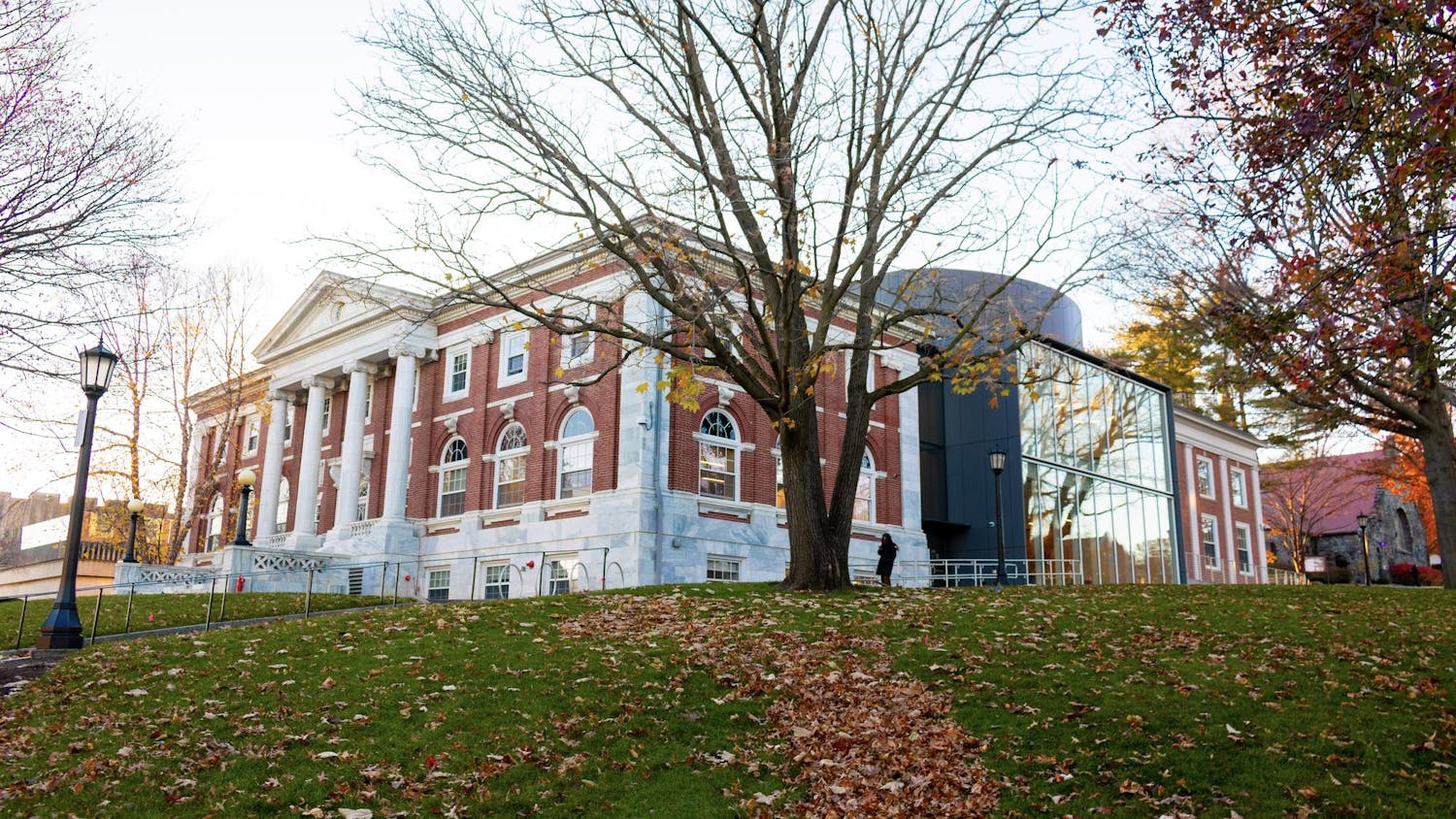In the U.S., we have nearly as many acres of lawn as we do acres of national parks — 40 to 50 million. Green grass lawns were first popularized in Europe, in the landscaping of elegant properties such as the palace of Versailles. These lawns were mirrored by American elites like Thomas Jefferson, who had turfgrass installed at his Monticello estate in Virginia. The most commonly used grass in American lawns, Kentucky bluegrass, is native to Europe and the Middle East. In the 20th century, these lawns became a status symbol for the affluent American, a marker of successful home ownership. Yet the majority of these yards serve little purpose beyond aesthetics, and they come at great cost to ourselves and our environment.
Maintaining a perfect lawn is not easy; it requires time, money and materials. Americans spent $105 billion on lawn maintenance in 2020 on top of the hours of weeding, fertilizing and mowing that go into the perfect turf grass squares that line our streets. Part of this cost involves the more than 800 million gallons of gasoline that power lawn mowers every year and contribute significantly to the climate crisis. Lawn maintenance also has health implications; the synthetic pesticides we use in our yards are linked to a myriad of issues, including cancer. Suburban lawns use more than 10 times the amount of pesticides per acre that farmland uses, adding up to 59 million pounds of pesticides. And turf grass consumes egregious amounts of water — nearly three trillion gallons per year.
The worst effects of turf grass, however, are ecological. Lawns with just one type of grass lack any biodiversity. The pesticides and herbicides we use are deadly to animals, particularly the pollinator insects that hold up our food chain. This is just one reason for a global insect die-off that may soon reach dangerous levels. Any green space that is composed only of mowed turf grass is what ecologist Douglas W. Tallamy refers to as an “ecological dead zone.” Since the lawns are kept from flowering, they do not foster a welcoming environment for a variety of flora and fauna, especially the pollinators we need most, whether or not pesticides are used.
A movement has already begun to move away from the harmful green grass lawns commonplace in the U.S., though there are still far too many. In January, a Colorado Senate bill passed that prevents local governments and real estate developers from installing non-native turf grass, invasive plant species or artificial turf that does nothing to support biodiversity for the sake of maintenance ease. One city in Colorado is even paying residents $1 per square foot of Kentucky bluegrass they remove. Meanwhile, towns in many states including Wisconsin and Iowa have supported “No Mow May,” allowing their grasses to grow enough to flower once a year.
One major obstacle to these efforts is homeowner’s associations, which often act as enforcers for outdated yard standards. In fact, one couple in Maryland chose to plant native plants and was informed by their HOA that they had 10 days to replace their yard with a traditional lawn. They fought the HOA, leading to legislation in Maryland that prevents HOAs from disallowing planting of native plants or requiring turf grass.
What are the alternatives to grass? One great option is white clover, which can greatly lower the carbon footprint of a yard since it requires much less maintenance. Native plants can also be a great option, as they are already adapted to the local environment. Of course, native plants depend on where you live — the National Wildlife Federation offers an online resource to find which plants are native to your area. However, more important than nativity is biodiversity. The best thing you can do to create a positive ecological difference is to create an environment with diverse plants, as long as they are not invasive species.
Universities are often home to expansive lawns and many have been involved in the movement towards more sustainable options. For over 15 years, Cornell University has been researching turf grass alternatives at their demonstration area of native lawns. They recommend Danthonia, commonly known as oat grass, which is low-growing and requires little maintenance or water. Meanwhile, Cambridge University’s King’s College planted a wildflower meadow in 2019, which they have found has supported a variety of insects and animals while also reducing carbon emissions.
Though the Academic Quad, President’s Lawn and the many other sweeping lawns at Tufts are beautiful spaces, Tufts must move towards more sustainable landscaping. With the land that it occupies, Tufts can better support our ecosystem and protect local insect species by replacing some of our extensive amounts of harmful turf grass with welcoming environments for biodiversity. And for any homeowners with a neat green lawn out front — you should rethink your relationship with grass. While a landscaping redo may require initial investment, the lower maintenance of sustainable yards as well as the ecological impact are well worth it.






